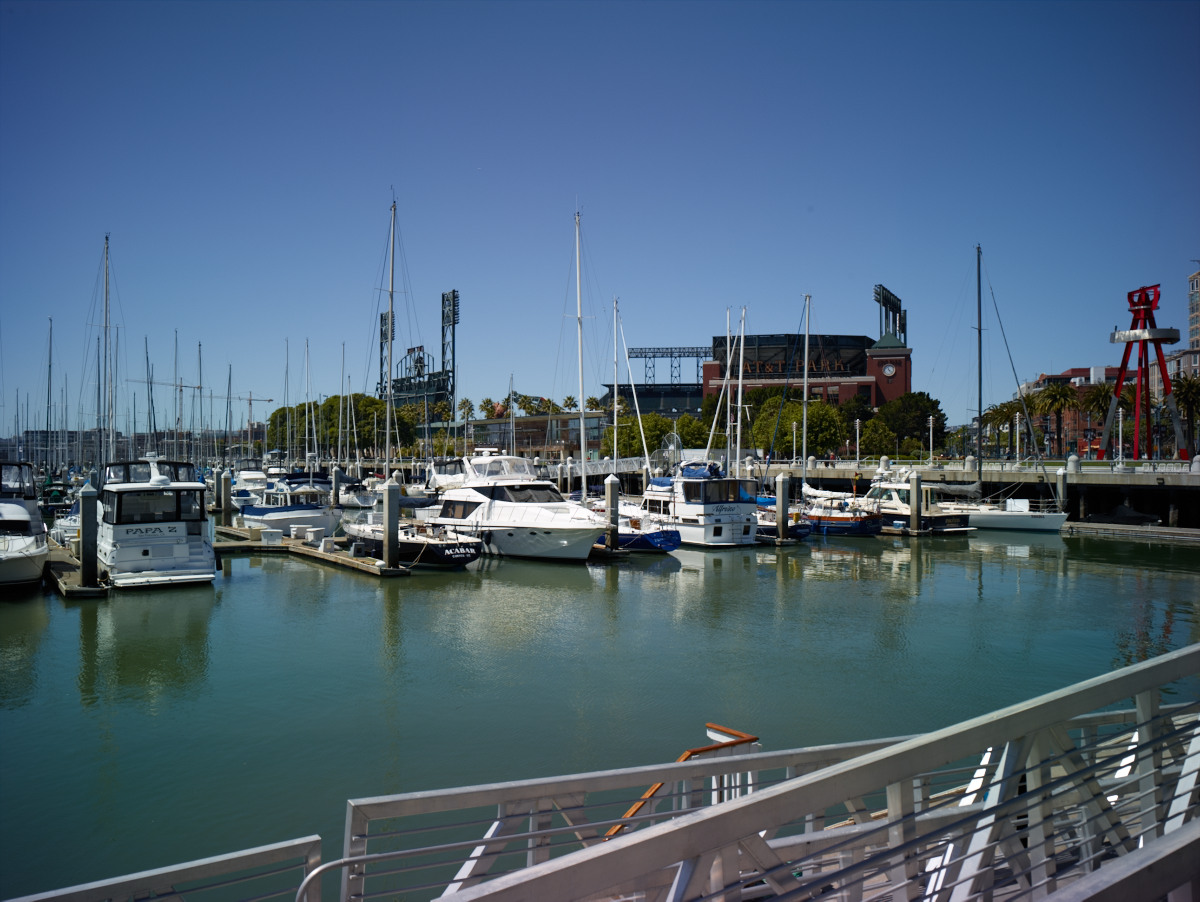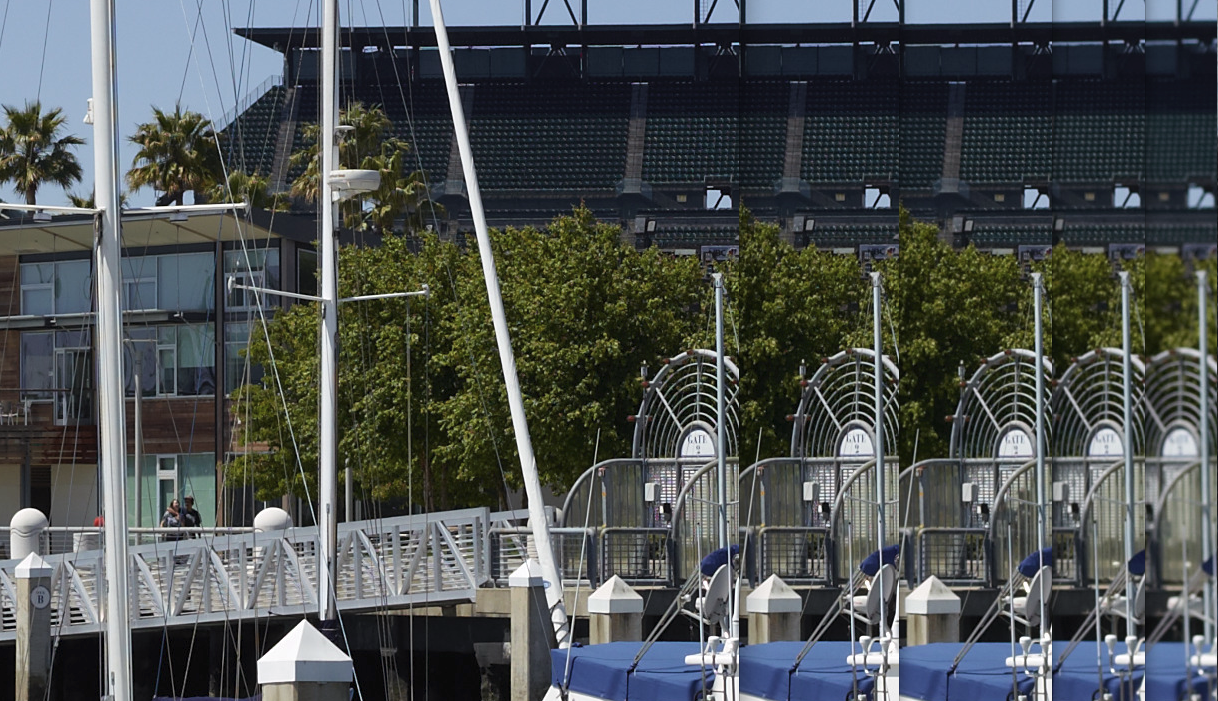stephengilbert
Active member
Okay, I have to ask. Can someone give an example of a situation in which the Arca focus precision allows a user to do something that can't be done with an ALPA or Cambo?
Great to see you here. Join our insightful photographic forum today and start tapping into a huge wealth of photographic knowledge. Completing our simple registration process will allow you to gain access to exclusive content, add your own topics and posts, share your work and connect with other members through your own private inbox! And don’t forget to say hi!
Agree and it's not what we want our commercial vendors doing. In Another words I had enough. Hope my point comes across very clearly here. Thanks GuyWithout sounding rude, this thread is starting to turn into an Alpa sales pitch.
As for dropping in the photographers names into the mix I'm sure if we had a direct representative from Arca on this forum they could list established photographers who have pledged their reputation on Arca's precision.
Alpa or Arca, both are great camera manufacturers that offer precision equipment.
Stephen, I don't know if this qualifies. When I got my IQ180 I was trying to work out focus on my 43xl. So, I went to the marina where I had lots of things at all different distances and wanted to see what was going on. A few things to note. This was a focus test so I didn't bother correcting all files with an LCC. I also think as others do that you can get good results with all of the systems. The question becomes how easily and what is the best work practice for the person. I just know for me the Arca gives me a lot of precision when focusing. I did the same test at a distance of 3 feet and that means very large movements on the helical for a huge leeway for fine tuning.Okay, I have to ask. Can someone give an example of a situation in which the Arca focus precision allows a user to do something that can't be done with an ALPA or Cambo?


Guy,Not at all Don.
Here is my take . Btw I have not bought a tech cam YET but I have used all three systems and some nice gear for sure and in general very precise tools . But let's face it easier to focus no question a MF DSLR pick your brand it's easier than a tech cam period. Now precisely if you look at our olderanual focus lenses from our 35mm days . Any lens compared to any other lens with the same focal length the longer the focus the more precise you can get the focus easier and fine tune better. Nothing changed here with tech cams or even view camera the more travel you have the better nailing the focus. This is just logic. Same rules apply with a tech cam. Think a 85mm canon 1.2 with the long focus compared to a canon 85 1.8 with a shorter throw. The 1.2 you can achieve a more critical focus

So very very true!Guy,
That is one reason that testing and calibration shots are needed.
-bob
That's okay just so long as you wern't driving and texting ....:ROTFL:Bob I kind of said that wrong to be hOnest and was going to delete it. I just get a iPhone to work like I think. LOl
No just vodka induced. LolGuy,
Ah you have autospltvx activated
-bob
Two areas for me Stephen: First is minor: allowing me to define a few different "infinity" focus points -- ie; 360 meters or 180 meters, or 90 meters. With the Arca I can hit these pretty precisely at f8, and while not impossible is going to be more difficult with a tradition tech helical. Will the differences be significant in a large print? Certainly not if you don't have the three versions to compare, but maybe yes if you doOkay, I have to ask. Can someone give an example of a situation in which the Arca focus precision allows a user to do something that can't be done with an ALPA or Cambo?
